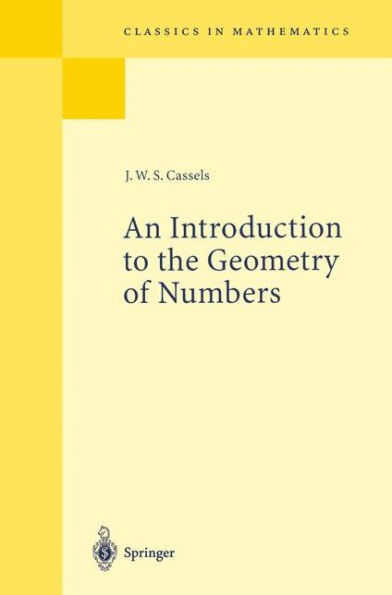5
1
9783540617884


An Introduction to the Geometry of Numbers / Edition 1 available in Paperback

An Introduction to the Geometry of Numbers / Edition 1
- ISBN-10:
- 3540617884
- ISBN-13:
- 9783540617884
- Pub. Date:
- 02/25/1997
- Publisher:
- Springer Berlin Heidelberg
- ISBN-10:
- 3540617884
- ISBN-13:
- 9783540617884
- Pub. Date:
- 02/25/1997
- Publisher:
- Springer Berlin Heidelberg
59.99
In Stock

Product Details
| ISBN-13: | 9783540617884 |
|---|---|
| Publisher: | Springer Berlin Heidelberg |
| Publication date: | 02/25/1997 |
| Series: | Classics in Mathematics |
| Edition description: | 1997 |
| Pages: | 345 |
| Product dimensions: | 6.10(w) x 9.25(h) x (d) |
About the Author
From the B&N Reads Blog
